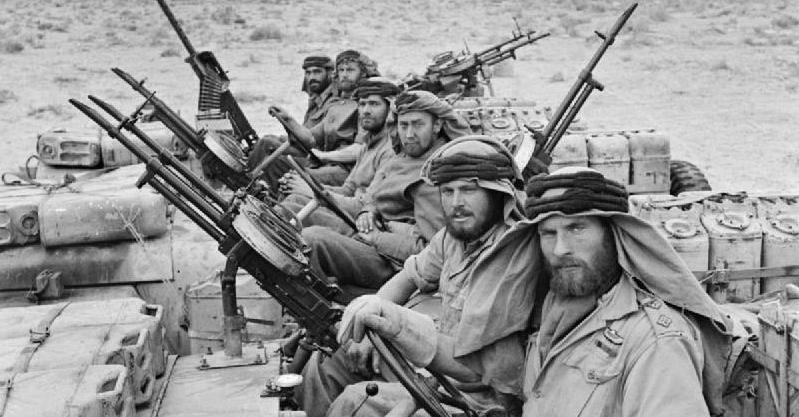The story of Edwin Weaver and other Special Air Service and Long Range Desert Group (LRDG) members killed in action from 1941 to 1947 has been commemorated with the publication of the three-volume The SAS and LRDG Roll of Honour 1941-1947.
Weaver may have been born in 1908; there is a possibility he lied about his age. He volunteered for the SAS in 1943. After evacuating escaped prisoners of war from the Italian coast, he parachuted into France’s eastern region in August of 1944.
Weaver was killed with seven other comrades slightly west of La Grande Fosse hamlet after being captured by German forces in October.
The SAS and LRDG Roll of Honour 1941-1947 is the work of an anonymous author who calls himself ex-Lance Corporal X. He spent £58,000 of his own money to finance the work and research. The project started with him being requested to leave wreaths in Algeria for SAS men who died there one year before the end of World War II. That caused him to wonder, since the fighting there ended the year before, what the SAS had been doing there.
The project started with him being requested to leave wreaths in Algeria for SAS men who died there one year before the end of World War II. That caused him to wonder, since the fighting there ended the year before, what the SAS had been doing there.
We don’t know, said the SAS Association. That struck him as odd, so he decided to find out why. So began a 13-year journey as he waded through regimental histories, national archives, and through the years conducted interviews and correspondence with families who eventually trusted him, believing he was truthful in wanting the stories to have dignity and integrity.
He traveled internationally, including to New Zealand. He was adamant about adding depth and color to stories, so the volumes said more than just when and who.
The volumes contain some terrible material. Hitler’s Kommando Order of October 1942 legitimized murdering Allied personnel caught behind enemy lines. John Reginald ‘Reggie,’ Joe Ogg, and Sam Pascoe, wounded in action, were murdered, probably by lethal injection, after being taken from the Hotel Dieu Hospital in Poitiers, France. Their bodies were never found.
Thirteen unknown members of the SAS and LRDG came to light through the author’s research, The Huffington Post reported.
The grave of Edwin Weaver, without an inscription, is in the Dubach war cemetery located 15 kilometers of Bad Tolz, Germany. He is also remembered on the war memorial on the Stele de Prayé above Moussey in France, at St. James Church, Solihull, and Shirley.
